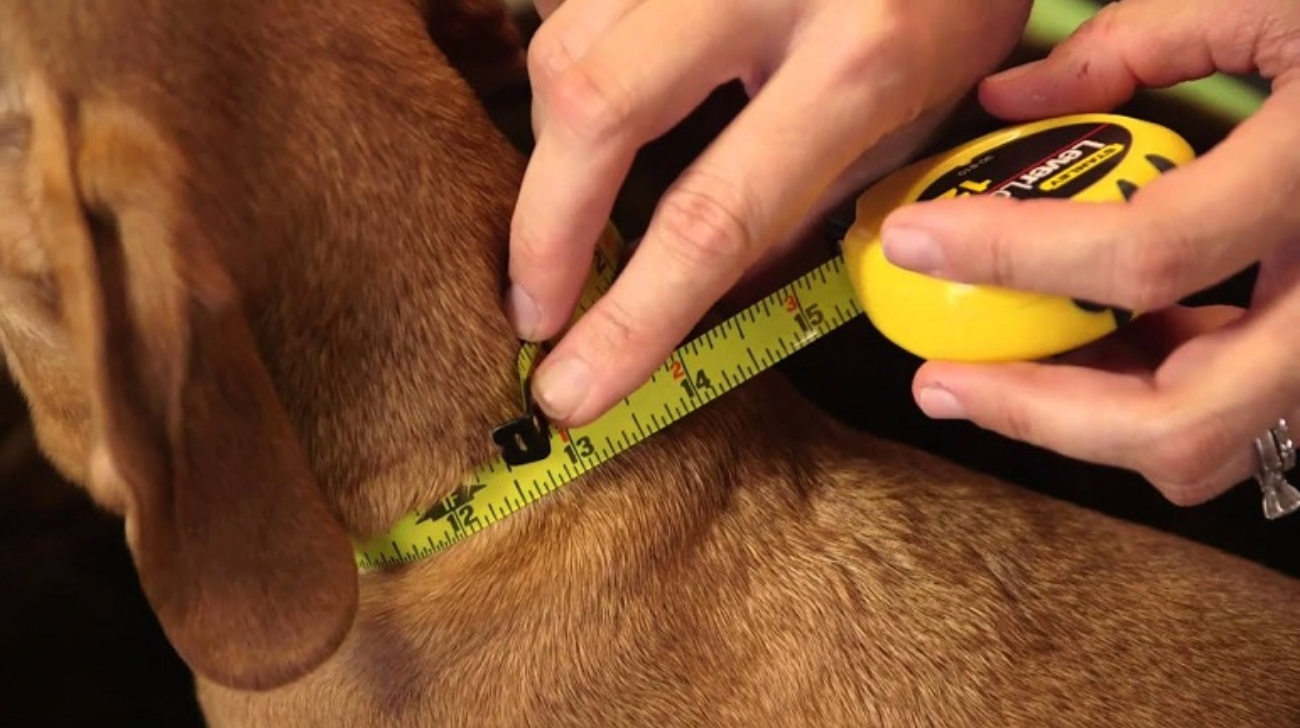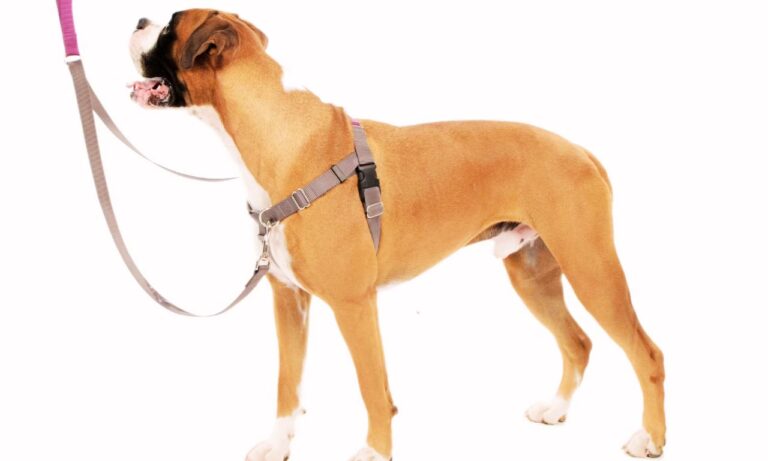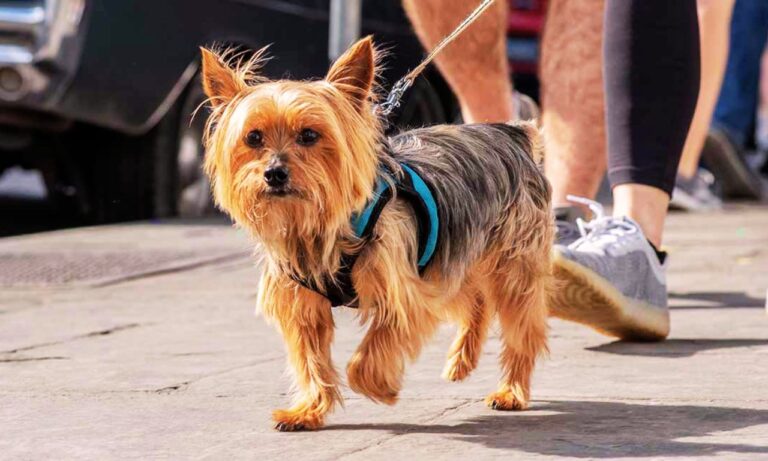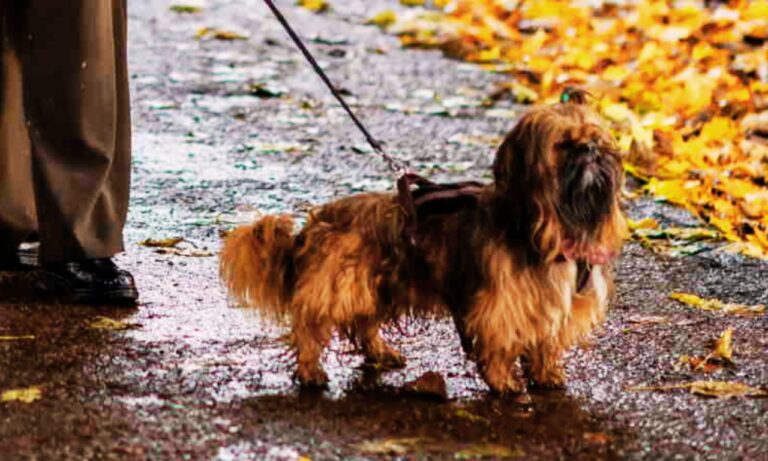Selecting the right collar for your dog involves more than just picking out a stylish design. Proper measurement ensures the collar is safe, comfortable, and effective for your dog. So, how are dog collars measured?
I’ll explain everything you need to know about measuring dog collars, including different collar types, best practices, and common mistakes to avoid. With this knowledge, you’ll be able to pick out the perfect collar that keeps your dog secure and happy. The best collar size for an American Staffordshire Terrier ensures a comfortable and secure fit for your dog during walks and training.
Blog Highlights
Toggle1. Why Proper Dog Collar Measurement Matters
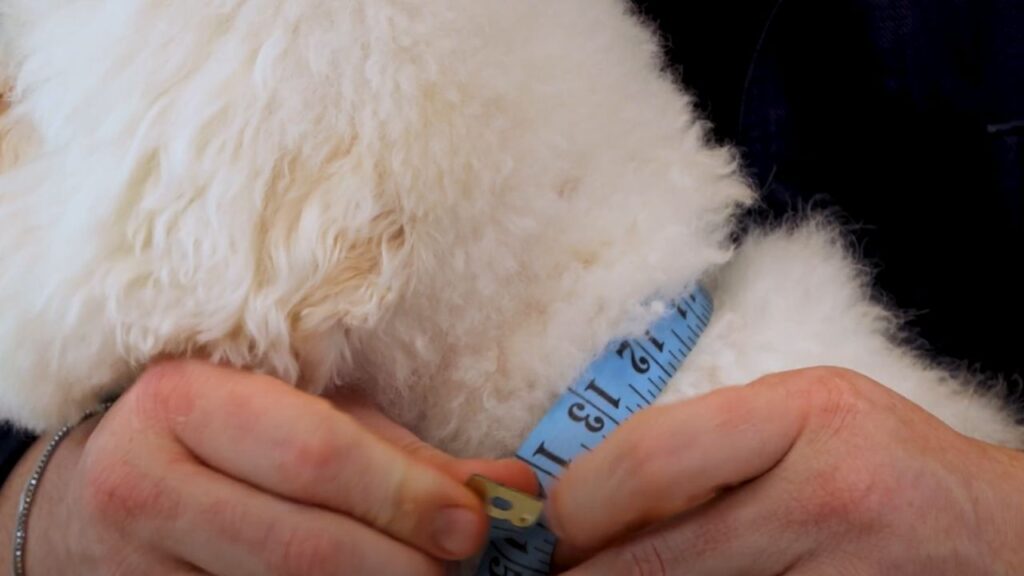
A well-fitted collar is essential for your dog’s safety and comfort. An improperly sized collar can lead to several issues, including:
- Choking and Breathing Restrictions: Tight collars can hinder airflow, especially in short-nosed breeds like Bulldogs.
- Skin Irritation and Sores: Collars that are too loose may rub against the neck, causing discomfort and irritation.
- Escape Risks: Loose collars increase the chance of slipping off, putting your dog at risk of running off during walks.
Correct measurement ensures that the collar sits securely around your dog’s neck without being too tight or too loose, preventing these issues.
2. How Are Dog Collars Measured?
To find the perfect collar size, you’ll need a soft measuring tape or a piece of string. Here’s a step-by-step guide to accurately measuring your dog’s neck:
Step-by-Step Guide
Position Your Dog: Have your dog stand in a relaxed, natural position to avoid distorted measurements. If your dog is very excitable, try measuring after a walk or playtime to ensure they’re calm.
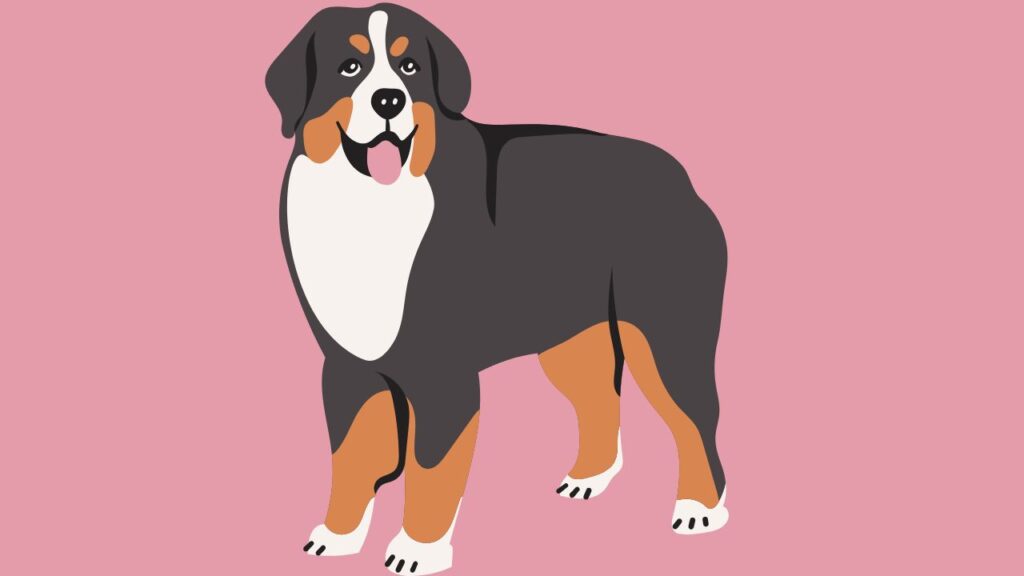
Wrap the Measuring Tape: Wrap a soft measuring tape or string around the thickest part of your dog’s neck, which is typically just below the base of the skull. Don’t pull the tape too tightly; it should rest snugly around the neck.

Add Extra Space for Comfort: Add about 1–2 inches to your measurement. For small dogs, 1 inch is usually enough, while larger dogs may need 2 inches for optimal comfort.
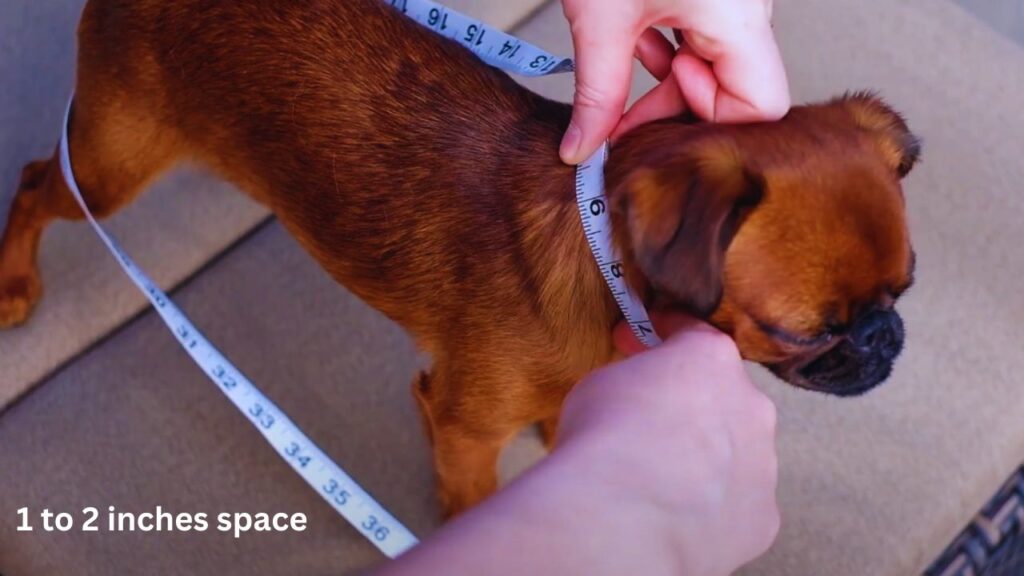
Record Your Measurement: Note down the measurement so you can refer to it when selecting a collar size.
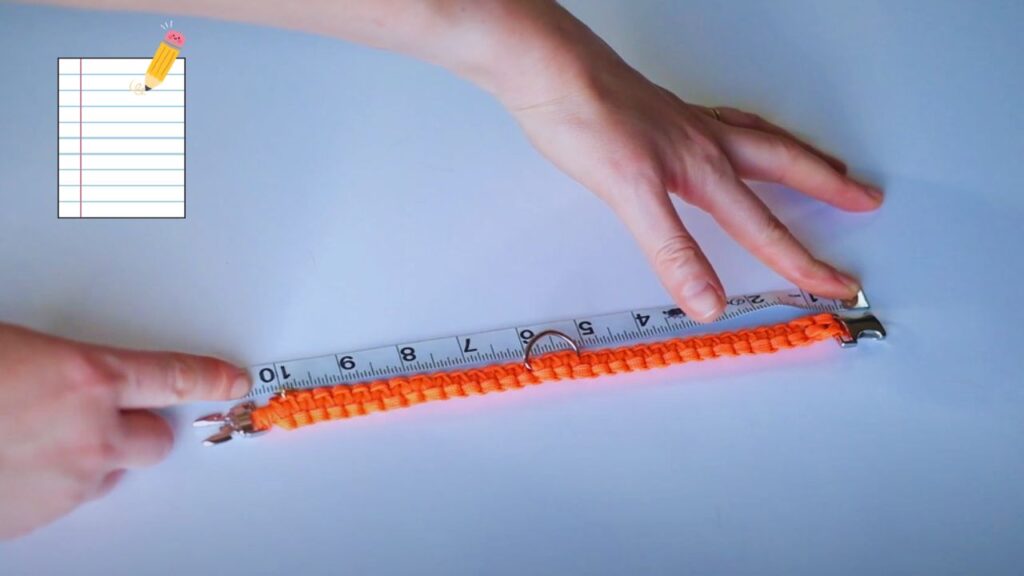
This simple process ensures a comfortable, well-fitted collar for everyday wear. To find out the what size collar for an Affenpinscher, ensure you measure your dog’s neck correctly for a perfect fit.
3. Dog Collar Size Chart
Dog collars typically come in standard sizes based on neck circumference. Use the measurements you’ve taken to select the best fit for your dog.
Dog Collar Size Guide
Each collar brand may have different sizing standards, so always refer to the product’s size guide before purchasing.
4. Measuring for Different Types of Dog Collars
Not all collars are measured the same way. Here’s how to measure for different types of dog collars:
Flat Collars
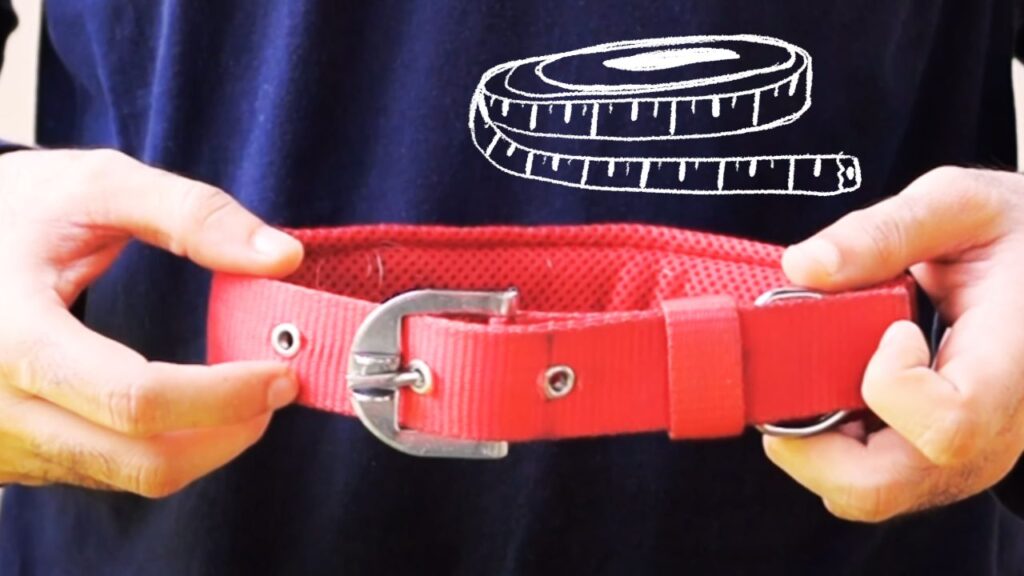
Flat collars are the most common and are used for everyday wear. For flat collars, measure around the thickest part of your dog’s neck, then add 1–2 inches for comfort.
Martingale Collars
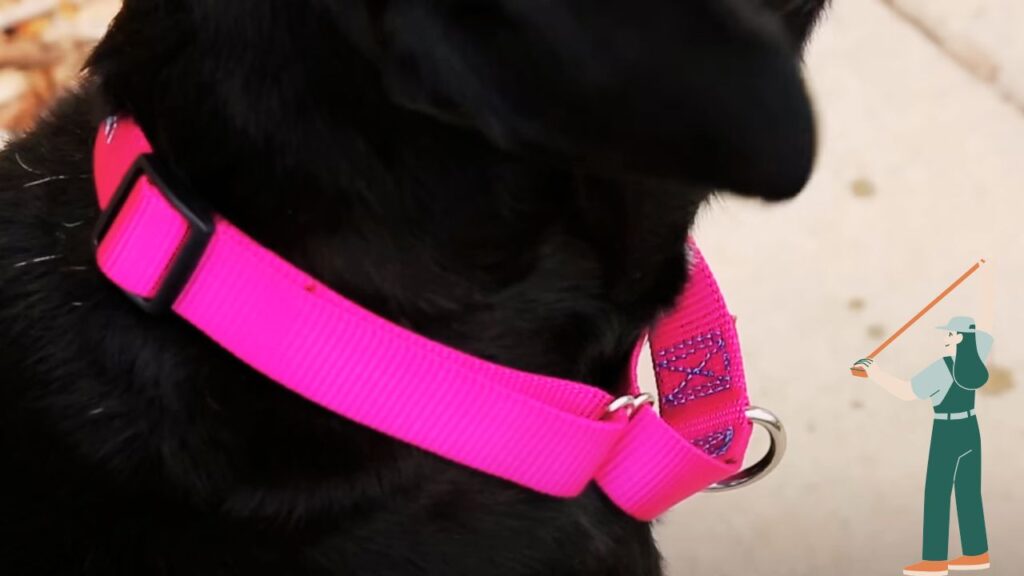
Martingale collars are designed for dogs with narrow heads, such as Greyhounds and Whippets, to prevent them from slipping out. Measure both the thickest part of your dog’s neck and around the base. Choose a collar with an adjustable range that accommodates both measurements.
Harnesses
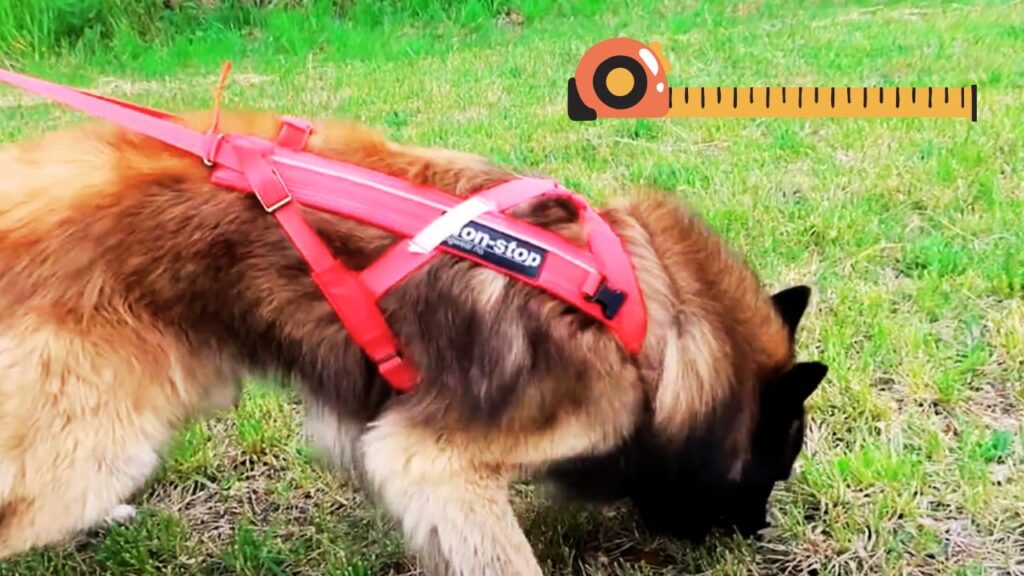
While not a collar, harnesses are popular for dogs prone to neck sensitivity or pulling. To measure for a harness, take measurements around your dog’s neck and chest. Match the measurements to the product’s sizing guide for the best fit.
Each collar type has specific fit requirements to ensure it functions as intended, so be sure to measure accurately based on the collar style. For a step-by-step guide on how to wear collar to an Affenpinscher, check out this detailed article to ensure a comfortable and secure fit for your dog.
5. Common Mistakes to Avoid When Measuring Dog Collars
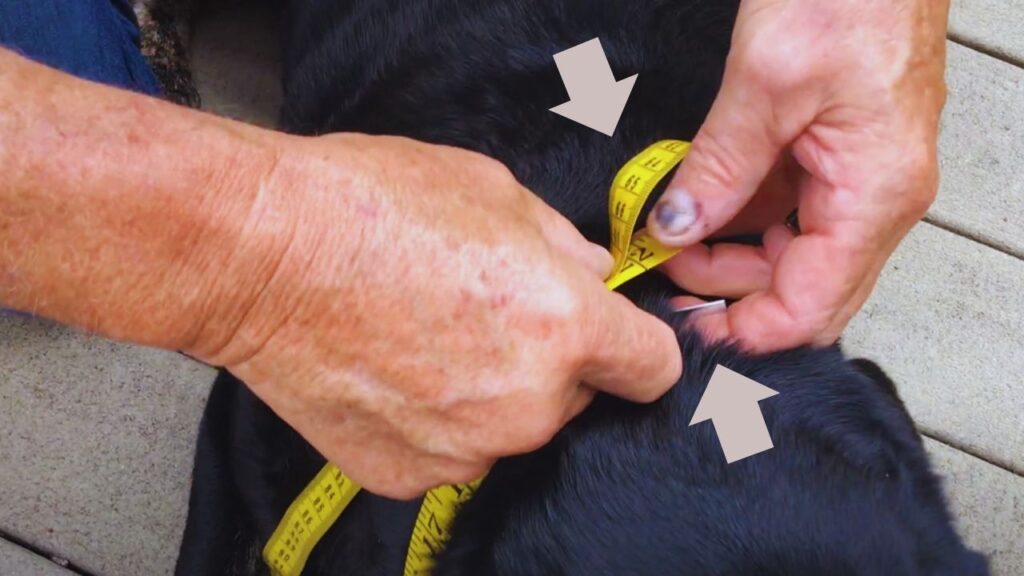
Dog owners often make a few mistakes when measuring collars. Here are some of the most common ones and tips on how to avoid them:
- Not Adding Extra Space: Many owners forget to add 1–2 inches for comfort, which can result in a collar that’s too tight. Always leave enough room for two fingers to slide comfortably between the collar and your dog’s neck.
- Guessing Measurements: Estimating your dog’s neck size without measuring can lead to an ill-fitting collar. Use a soft tape measure to get an accurate measurement.
- Ignoring Breed-Specific Needs: Different breeds have unique neck structures. For instance, Bulldogs may require extra space due to their neck width, while Greyhounds need snug-fitting collars to prevent slipping.
Avoiding these common mistakes will help you choose a collar that fits perfectly.
6. How to Check Collar Fit

After measuring and purchasing a collar, it’s important to test the fit to make sure it’s comfortable and secure for your dog. The Two-Finger Rule is a reliable method to check for proper fit.
Tips for a Good Fit:
- Two-Finger Test: Place two fingers between the collar and your dog’s neck. If you can do this comfortably, the collar is likely a good fit. If it’s too loose or too tight, adjust accordingly.
- Regular Checks: Dogs grow, and their weight can fluctuate, so check the collar fit every couple of months. Puppies, in particular, will need more frequent adjustments as they grow.
- Observe for Discomfort: Watch your dog for signs of discomfort, like scratching at the collar, pulling at it, or general irritation. If these occur, reassess the fit and adjust as needed.
Consistent checks and adjustments ensure that your dog’s collar remains safe and comfortable. Check out the best dog collars for Border Collie to find durable, stylish, and comfortable options for your active dog.
7. Choosing the Right Dog Collar Material
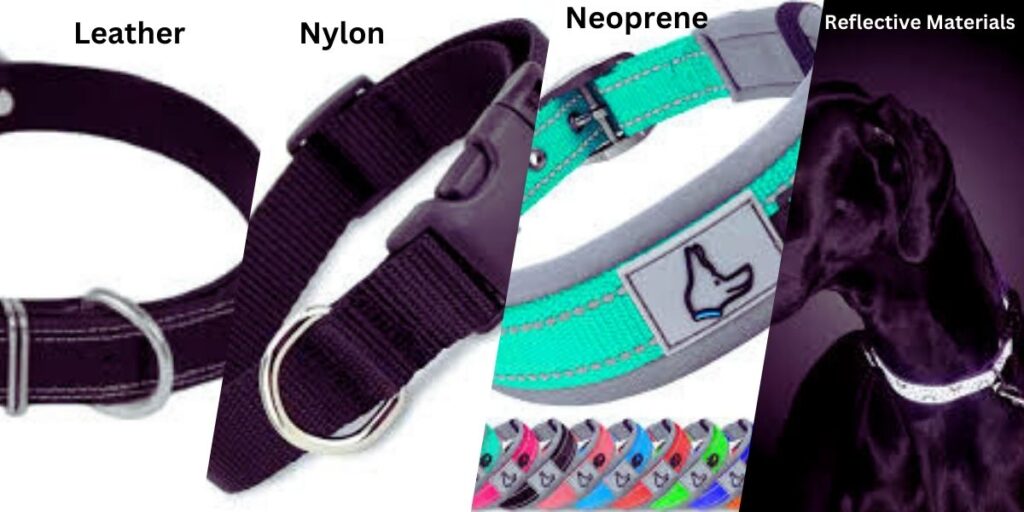
Collar materials range from durable leather to lightweight nylon, each offering different levels of comfort, durability, and style. Choose a material based on your dog’s lifestyle, skin sensitivity, and activity level.
Popular Dog Collar Materials
- Nylon: Lightweight, adjustable, and affordable, nylon collars are ideal for most dogs and come in various colors. Nylon collars are especially suited for puppies and active dogs due to their durability.
- Leather: Leather collars are sturdy, durable, and often chosen for their stylish appearance. They develop a soft patina over time, making them comfortable for everyday wear.
- Neoprene: Waterproof and soft, neoprene is a top choice for dogs that enjoy water activities. It’s also less likely to cause skin irritation.
- Reflective Materials: Collars with reflective strips increase visibility during nighttime walks, improving safety.
Selecting the right material will keep your dog comfortable while ensuring the collar meets your needs. For guidance on choosing the right collar size for an Airedale puppy, check out this detailed guide.
The Importance of Regular Collar Checks
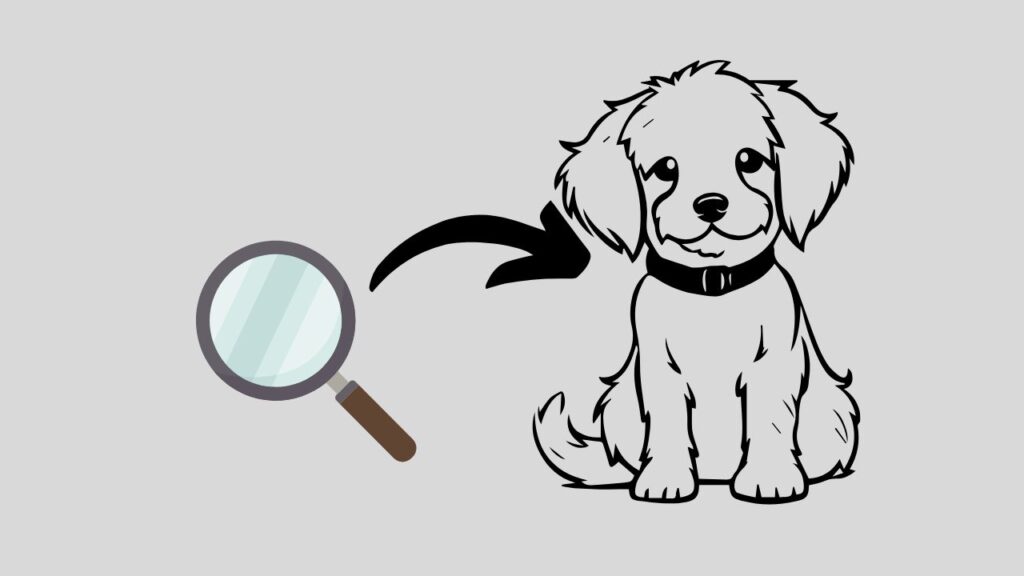
Routine checks and adjustments help maintain your dog’s safety and comfort. Dogs, especially puppies, grow quickly, so regular fit checks are essential to avoid discomfort or the risk of a too-tight collar.
Fit and Wear Inspection Guidelines
- Check Every Few Months: Adult dogs should have their collars checked every few months. Puppies may need checks every few weeks.
- Inspect for Wear and Tear: Look for fraying, rusted parts, or stretched material that may reduce the collar’s effectiveness or comfort. Replace the collar if it shows significant wear.
- Assess Behavioral Signs: Watch for signs that your dog is bothered by the collar, such as scratching, tugging, or trying to remove it. These behaviors often indicate the collar is causing discomfort.
Regular checks ensure your dog’s collar is both safe and effective for daily use. For insights on whether Airedales are good off-leash, explore this comprehensive article.
Additional Considerations: Breed-Specific Collar Needs
Different breeds have unique neck structures, temperaments, and activity levels, which can influence collar choice. Understanding your dog’s specific breed needs helps you choose a collar that will fit comfortably and securely.
Breed-Specific Insights:
- Short-Nosed Breeds (e.g., Bulldogs, Pugs): These breeds need loose-fitting collars to avoid breathing restrictions, as their necks are typically thicker than average.
- Narrow-Headed Breeds (e.g., Greyhounds, Whippets): Martingale collars are ideal for these breeds to prevent slipping due to their head and neck proportions.
- Large Breeds (e.g., German Shepherds, Labradors): Strong, durable materials like leather or heavy-duty nylon are recommended to handle their strength and activity levels.
By choosing a collar based on breed-specific needs, you ensure your dog is both safe and comfortable.
Frequently Asked Questions
Q1: How often should I measure my dog’s collar size?
It’s best to measure your dog’s neck every few months, particularly if they are growing or gaining or losing weight. Puppies and young dogs require more frequent measurements due to their rapid growth.
Q2: What should I do if my dog’s measurement falls between two sizes?
When in doubt, choose the larger size. Most collars have adjustable features, so you can modify the fit. A larger size provides more room for comfort and prevents the collar from being too tight.
Q3: Are certain collars better for small or large breeds?
Yes, collars vary based on breed needs. For example, small breeds might benefit from lighter, thinner collars, while larger breeds require sturdy, durable options. Narrow-headed breeds like Greyhounds often need martingale collars for secure fit.
Q4: Can I use the same measuring technique for all collar types?
Most collars require measuring around the thickest part of your dog’s neck, with some adjustments for specific types. For example, martingale collars need both neck and base measurements, while harnesses need chest and neck measurements.
Q5: How should I clean my dog’s collar?
Cleaning frequency depends on material. Nylon collars can be machine-washed, while leather collars should be hand-washed with mild soap. Regular cleaning prevents skin issues caused by dirt and bacteria buildup.
Q6: What if my dog seems uncomfortable with the collar?
If your dog shows signs of discomfort, check the collar fit immediately. Adjust as needed, ensuring the two-finger rule still applies. For sensitive dogs, consider a softer material like neoprene.
Conclusion: Measuring Dog Collars for Safety and Comfort
In conclusion, measuring your dog’s neck for a collar is a simple yet essential step that enhances both comfort and safety. Whether you’re selecting a flat collar, a martingale, or a harness, proper measurements ensure a secure fit. Regular checks, adjustments, and choosing suitable materials further improve your dog’s experience, preventing discomfort or injuries.
With this guide, you’re well-prepared to find the ideal collar that suits your dog’s size, breed, and lifestyle, making every walk safe and enjoyable. Hope so, now you know how are dog collars measured. Discover the benefits of using a harness by reading this guide on should a Collie wear a harness.

